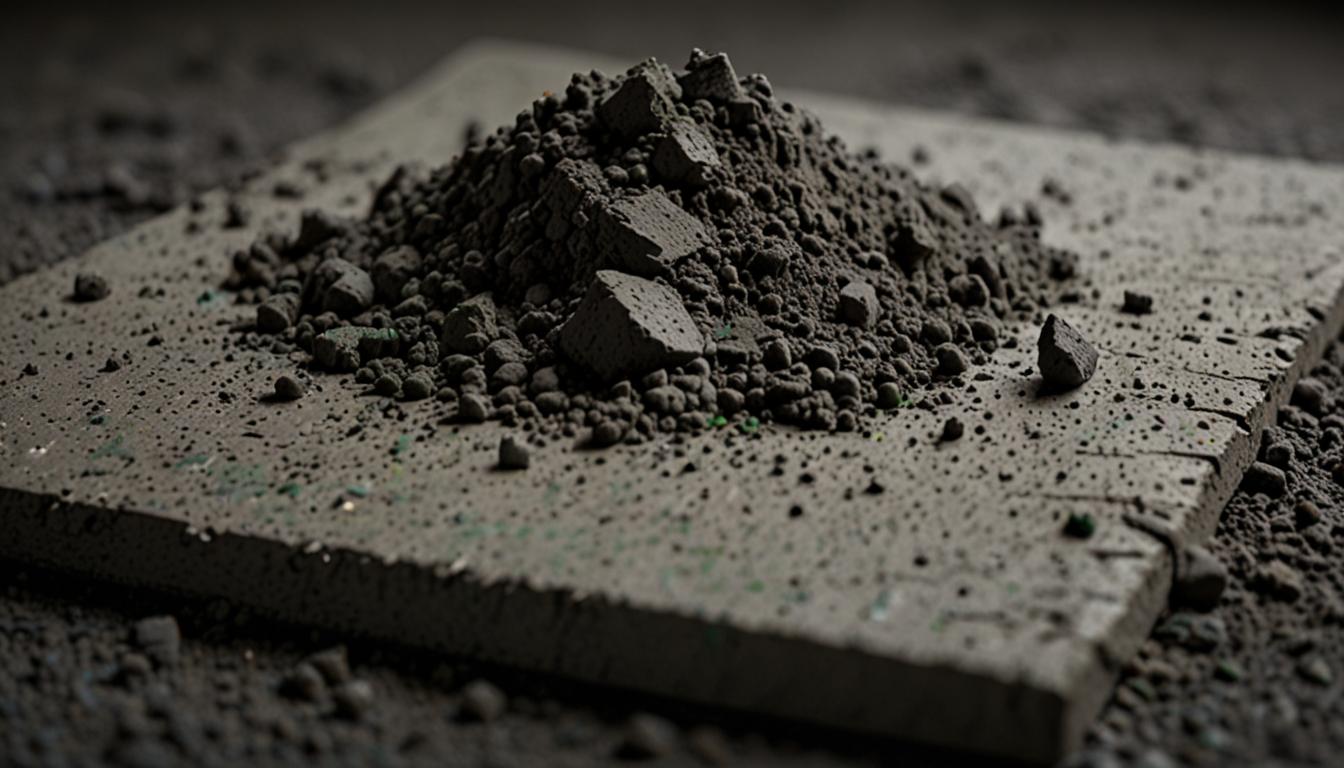A team of researchers from RMIT University, in collaboration with industry partners, has achieved a significant advancement in low-carbon concrete by substituting up to 80% of cement with coal ash. This innovative concrete meets all Australian standards and is suitable for structural applications, including bridges and high-rise buildings.
Coal ash, a by-product of coal-fired power stations, constitutes nearly one fifth of Australia’s waste stream. Despite its prevalent use in soil stabilization and fertilizers, about half of the 12-15 million tonnes of coal ash produced annually ends up in ash ponds.
The research team, led by Dr. Chamila Gunasekara, sought to improve concrete performance and its long-term durability by modifying the cement chemistry with nano-engineered technology. After developing two mixes with 65% and 80% coal ash replacement, they conducted extensive testing over two and a half years. The tests included exposure to sulphate, abrasive chloride environments, and dry carbonation conditions.
Results indicate that the new concrete mixes exhibit compressive strengths between 32 and 40 MPa, meeting all specifications for structural-grade concrete. This development offers a promising step towards more sustainable construction practices.




